The little-known relationship between breathing, neck issues and headaches
Transcript
Good morning, Chris, from a headache and pain management center here for your Wednesday morning. And today we're talking about the little known secret relationship between breathing, neck pain and headaches. And that's really important to know because quite often, you can get some really tight muscles around your neck, around your shoulders, in through here, you try everything and it doesn't appear that anything works. And sometimes it's actually a really simple fix that you can do it yourself at home. So I'm going to share that with you today and all the secrets around that. If you are joining me, tap in below, say hello, and it's good to have you here with us.
So Hey, the introduction to this, basically we see a lot of patients that come in that have had a lot of treatments in the past about their neck. Good morning. It's nice to see you there joining us. We have a lot of people with neck pain, a lot of people with a lot of issues with respect to neck pain, tight shoulders, and just feeling this generalized tightness that feels like it's really deep in through this part of the neck. And it doesn't matter how much massage they get. How much needling, how much manipulation, chiropractic physio, doesn't matter how much they've had. There's just this never ending kind of tightness that can come through the neck, which just doesn't seem to go away.
And this particularly for people who feel like that they're stressed a lot. They feel like there's a lot of fatigue. They feel like they're always overwhelmed. There's a lot of anxiety. It feels like there's a lot of issues that they don't feel like they have control over. It just feels like there's a lot going on and you just tense all the time.
And it doesn't even matter if it's sleeping. It doesn't matter if you're resting a lot. It just feels like it's never, ever able to just let go. A lot of the time, what happens with people is, that they're going, "Well, look, I just need to get a lot of massage. I need to get a lot of..." If someone is digging their thumbs into this part of my shoulder, it's really tight. Digging in a lot into the neck pushing prodding, putting on a heat packs on it, trying to sort this out. And it just never gets better. And we're thinking, well, what is it that can we do that we can do to help this out? Now here's a really important thing about how all this works. It's Actually really important to know the anatomy of what goes on really deep inside the neck, in this kind of area. And there's three muscles in there.
And they're called the scalene muscles. There's three on each side. There's one in the front, one in the sort of at the side and one at the back and the here on the diagram. So you can see them here. They called the anterior middle and posterior scalene. So you've actually got one that comes down the front one in the middle, one at the back. And I don't know if you can see here on the video, but basically it attaches into the top one and to ribs here. So the first rib and the second rib. So there's muscles that connect directly from your neck that go directly down into the rib cage. So right at the top of the rib cage there. So the function of those muscles is to tilt your head from side to side. So it's just sort of bring you from side to side like this.
So that's why when you stretch, it can kind of feel really nice, just getting a stretch in through one side or the other, but they also are muscles that have a second function. And that second function is to actually help you breathe, okay. To help you get extra air in when you're taking a really deep breath in. So if you have a look at me now and have a look at the muscles here in my neck, I'm just turning the top button and done so you can see what it looks like. So if I breathe in really deeply through my chest, okay, so let's watch this now.
You can see right the very end, when I breathe right in, those muscles kick in right at the very end to actually expand the ribcage right out. So it's actually expanding from the bottom here. You can't see at the bottom of the video, but when you actually expand right at the very top of the breath, right when it's really deep, the muscles actually all through here, kick in to expand the chest. So I'll do that one more time. Okay. So nice and easy.
And all of that comes in. Okay. So those muscles around here started kicking right at the very end of the breath. Now here's what happens, when you're really stressed. Okay. When you've got a lot of pain, when you're under a lot of pressure and so stress going on, with a lot of pressure going on in your life. What happens is that your body goes through a sort of a fight or flight response. It goes through a fight or flight response almost, it's kind of this low grade fight or flight response. It's there all the time. Okay. So it's not like you're really relaxed and something nasty happens any kind of up, and then it gets better. Again, it's kind of like you're on edge all the time. And that's what a lot of people with headache and migraine tell me, they feel like that they're on edge.
They're walking on eggshells. It feels like that they just can't escape is just like, it feels like there's bugs in their skin. It feels like they just can't sit still. And quite often that's actually because the body's just in a ramped up state of fight or flight. And when it's in a state of fight or flight, your body actually forgets how to relax. And what it means when it's difficult to relax, is that you actually breathe differently. You don't actually realize that you're doing this until you actually start drawing attention to the way that you breathe. So this is why there's so much talk now about mindfulness breathing deeply and concentrating and focusing on your breathing.
Because when you breathe properly, what happens is that your blood gets oxygenated, your body's able to replenish itself. It's able to heal itself. It's able to do all of these different things to calm you down. And the biggest thing that happens as a compensating mechanism for people with neck pain and stress is that they start to breathe shallowly. Okay. So they're not breathing really nicely in through all the parts of their chest. They actually breathing in just through the top. So if you remember before, when I was doing the breath in, it was right at the very end. Okay. So we'll do it again. You can see all that comes on. Okay. So it all comes on there right at the very end. But if you take a short, sharp breath, you see how that all just pops up.
Okay. So when you're breathing shallowly, when you're actually breathing in a state of sort of fight or flight, or in a state where you're not relaxed, you're actually using these neck muscles in through here to breathe instead of your big intercostal muscles, your big chest muscles to get outwards and actually start breathing properly. So a lot of people that get this neck pain in through here, in through the back here, that doesn't seem to go away. The cause of it can actually be that you're not breathing deeply enough. Okay. So the muscles in through here actually overworked. Because instead of just working, when you're breathing in very deeply, it's actually working when you're just functioning day to day. So these muscles in through here are becoming overworked and that is the cause of your pain. So when you're moving from side to side, that's great, everyone does that.
But if they're using those muscles to move side to side and breathe deeply and breathe all the time because you're breathing every second of every day, these muscles have a tendency to get very tired, very sore. Okay. And no matter of poking prodding or anything else can actually help that to actually get better. What you need to do is actually learn how to breathe deeply and actually calmly breathe in through the nose and out through the mouth. I'll just bring this back a little further, so you can see me. So when we've got... Oops, so well, we'll just bring this back up. There we go. Okay. So when you actually got the breath happening, what you want to do, is you want to actually get it breathing in through the chest. Okay. So a good thing to do is to get in through the chest, actually put your hands at the side of your chest there and use that as your guide to breathe in and out.
So you're actually using your hands as a cue to get some air into the lungs and reteach yourself how to breathe properly. One other secret you can do is to put the tongue at the top of your mouth so that you're breathing in through your nose. So we'll do that again.
You can see there, my whole chest wall is opening up and it's actually bringing air into the lungs and then back out again. So it's actually using these muscles of the neck to do it. It's using all the muscles down low to actually get that happen. So an exercise to do at home, if you're feeling really tight and sore through your neck is actually to breathe for 10 minutes. Okay? Believe it or not, breathe for 10 minutes. And the way to do that properly is to get your hands on your chest and breathe into your hands. Okay? In for four seconds, out for four seconds.
You don't want to hyperventilate. You don't want to go too fast. You just want to relax and breathe. Okay? Breathe into your hands, out through your mouth, in through your nose, out through your mouth, into your hands, expanding the lungs and taking the stress off your neck pain. And then we've had a lot of patients where they haven't responded to [inaudible 00:08:54] they haven't responded to these sorts of things. And sometimes breathing is actually a really good way just to calm the system down so that when you are doing the strength work, when you are doing the moving, when you are doing the exercises, it actually starts to work, actually starts to get some improvement. Because let's face it, If you're not breathing properly and you breathe every second of every day, if you're not using all of the muscles of breathing, instead of just the ones up here in your neck, then basically anything that we do with the neck to try to help that out, just isn't going to work.
It's actually taking two steps forward and a step and a half back, if you're not dealing with this sort of stuff. So at home, if you are feeling like you have a little tension through your neck and it's just not getting better with massage or things like that. Often just lying on your back with your knees, bent up and breathing for 10 minutes, nice and slowly, nice and deeply into the lungs, is a really good way to actually settle down at your neck pain. And it's actually a really useful thing to do. If you have got some neck stiffness, neck tightness that isn't going away. If there's any questions about that, please type in below. I hope that's been really helpful and really useful to help that, there is actually a physical reason to start breathing, not just the mental and psychological stuff that people talk about is actually a physical thing.
It takes the stress off your neck here, and it starts to cause some changes. So there's less pain. There's less nervous system sensitivity, less heightened stress levels in there. So it's actually really, really effective. And plus it's a really good way to actually start winding your system down because everyone knows how to breathe. And sometimes it can be diverted to get out of here and head, but certainly breathing is something that's really easy to do. So maybe give that a try at home that can really help things out. Hope that's been useful and I will see you again later in the week for another Facebook live video. Cheers and bye for now.
Could your Neck Pain be treatable?Find out by taking our 2 minute online test.










